
Tim’s SHANGHAI RESTAURANT, located at the heart of Vienna, has been an established institution for high-end dining and wining since years. The classic interior decoration with the defining red tone reflects a good-old-time Shanghai flair. Boasting of an ambience of both elegance and coziness, this “Herzstück” in the city center is regularly frequented and cheered by its customers. The exquisite Chinese food with a touch of nouvelle cuisine and fusion offers a perfect combination of optical charm and palate joy.

But Tim is not just a restaurant owner. He is a wine expert, too. To challenge the pairing of Chinese food with Austrian wine, he organized a Wine and Dine Evening for his guests on 18. March. The well-known wine family Triebaumer from Rust in Burgenland was invited by Tim to his restaurant, showcasing their high-quality wines in an interactive game with the restaurant’s eye-catching, mouth-wetting delicatessen.

The science of food-wine matching has been always pleasant and complicated at the same time. While the subtle change is happening concerning the traditional view of white wine for white meat and red wine for red meat, human taste buds are not changing its basic understanding of the sweet, sour, bitter, spicy or salty flavor. So much said, red wines pair best with bold, flavorful meats like beef and white wines pair best with light-intensity meats like fish or chicken. The logic behind is that bitter (tannin/tannin-rich) wines (e.g., red wines) are best balanced with fat.
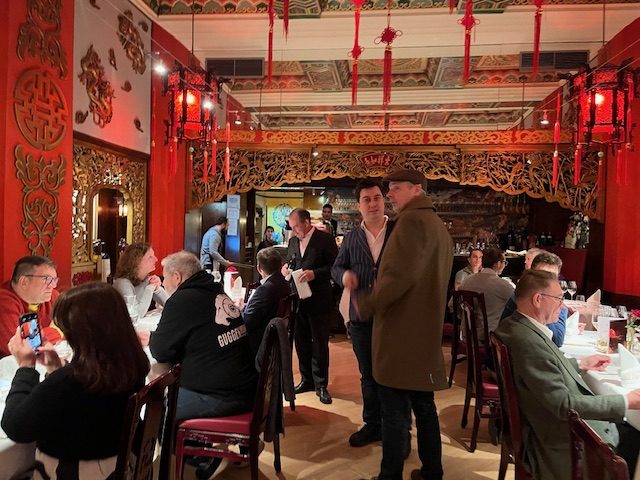
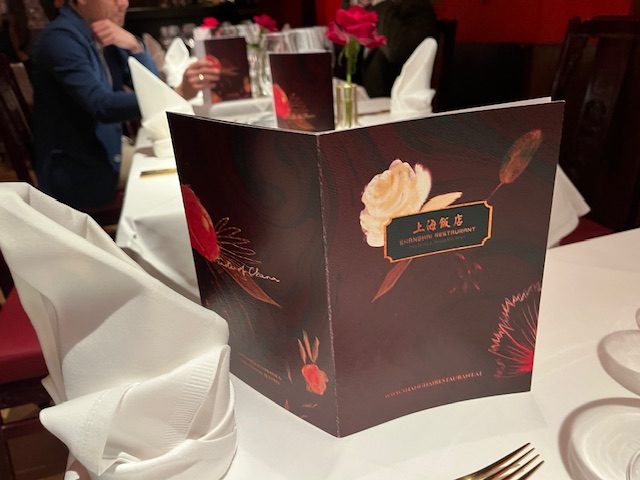
Two ways of balancing out – or better put it – harmonize wine and food are “congruent” (like beef with mushroom) and “complementary” (like lemon with coconut). Fatty – sour, spicy – sweet, bitter – salty, for instance, are considered by human palate as harmonic. Bitter – spicy, spicy – sour, or sour – bitter, however, are considered inharmonious.
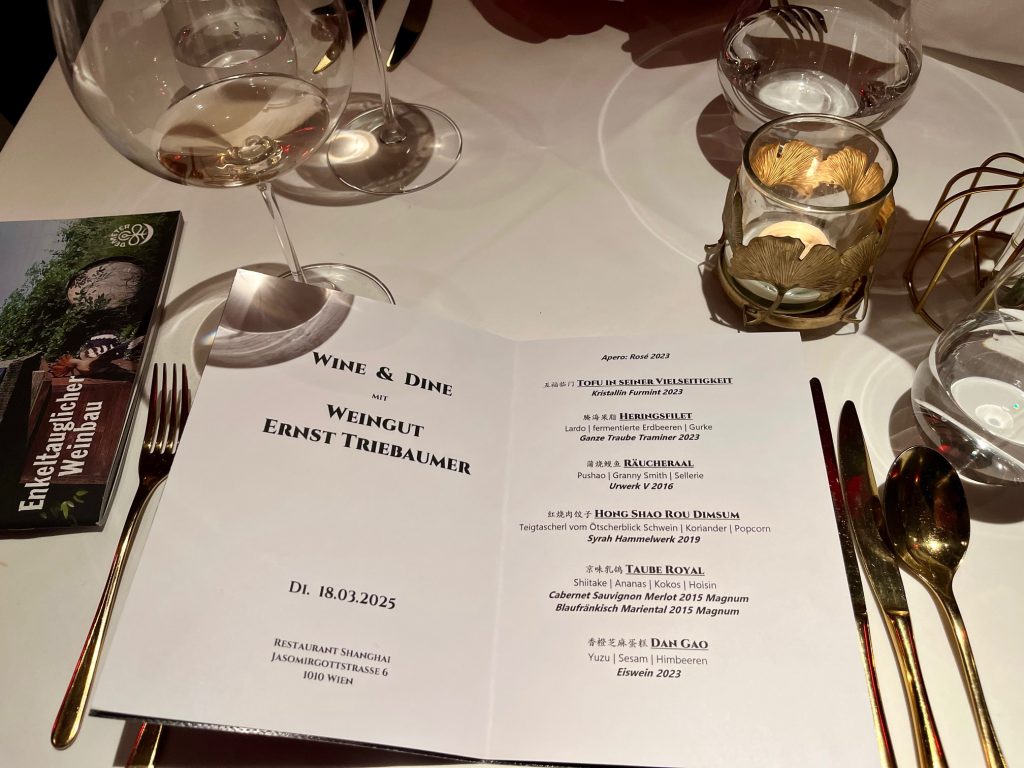
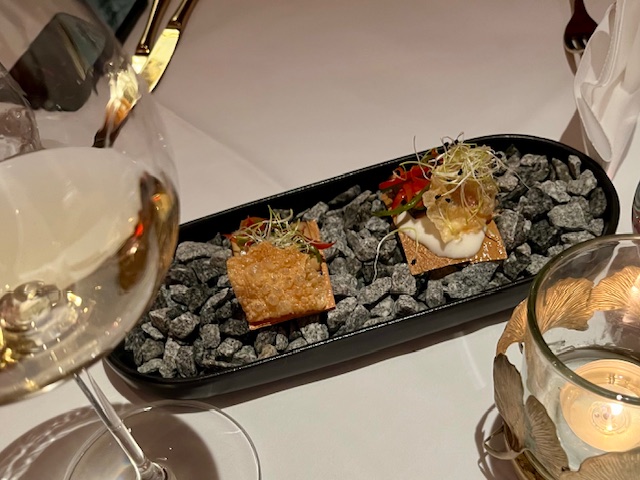
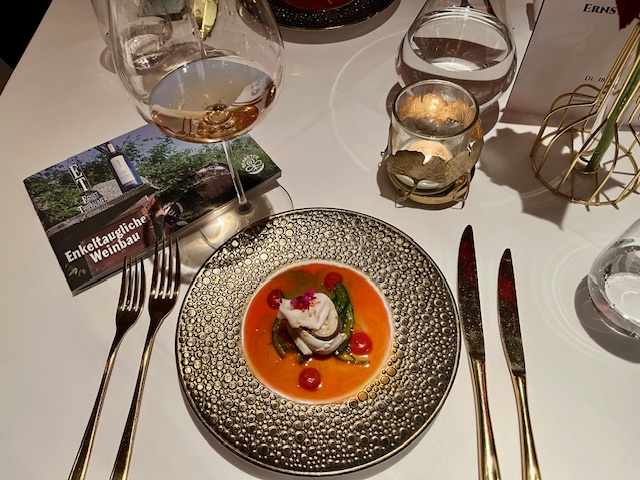
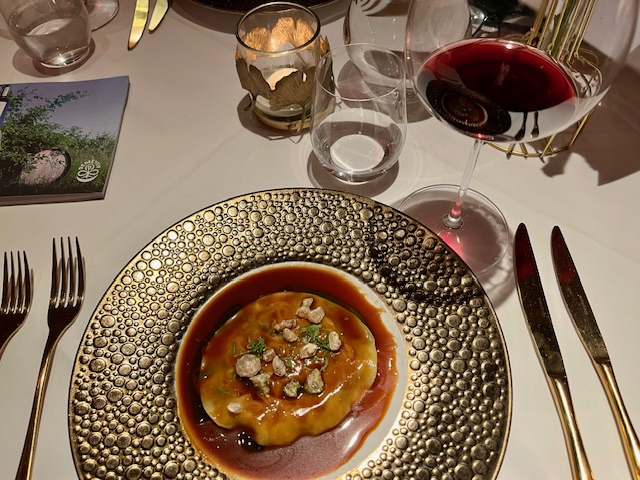
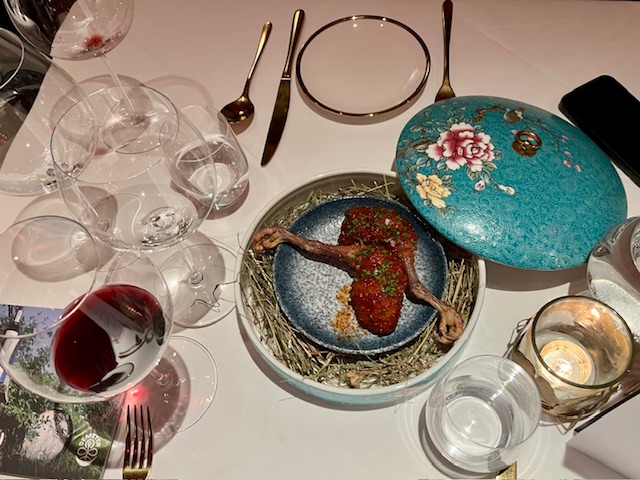
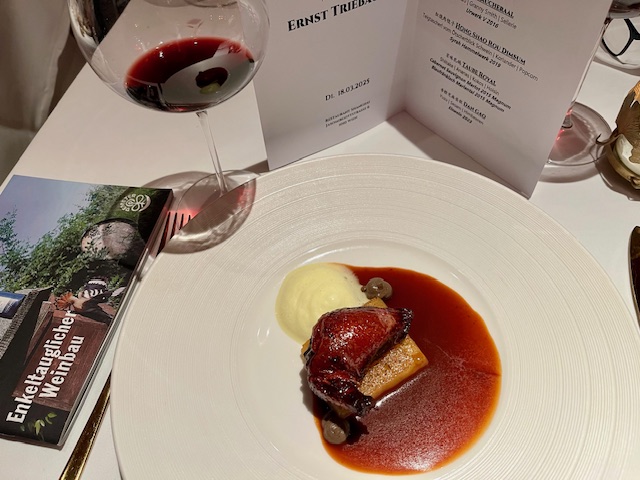
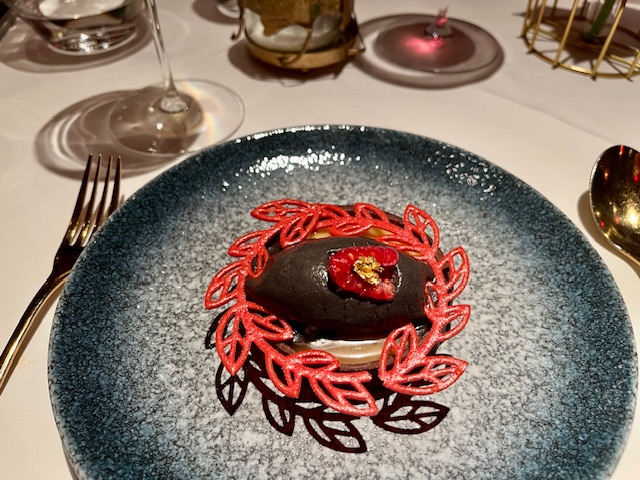
The innovative thinking by SHANGHAI RESTAURANT, though, jumps boldly out of the box. To cite one example: The dish “Royal Pigeon”, mixing shiitake, pineapple, coconut and hoisin as its ingredients and in its sauce-making, uses the traditional flavor combination of sweet and salty for dishes around Shanghai area. The matching wines that evening for this dish are two spicy red wines: Cabernet Sauvignon Merlot 2015 Magnum as well as Blaufränkisch Mariental 2015 Magnum. More layers of pleasant taste are thus created and much hailed by the guests. Another example is the starting dish of “Tofu in its Versatility”. The cold appetizer is served with Kristallin Furmint 2023, a wine of emphasized acidity and with a pinch of sweetness.
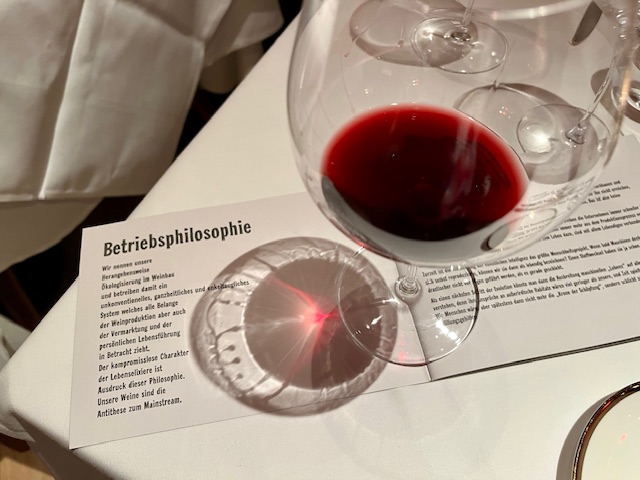
The pronounced winemaker Triebaumer family is proud of their mixed farming to a pure wine-growing operation in 1980 and back again in 2010. Through a diverse range of skills and free thinking, Triebaumer family has been dedicating themselves to the combination of purely traditional craftsmanship and environmental-friendly philosophy in wine-making. Bees buzzing and sheep running, their vineyards are biologically determined. The high-quality wines like URWERK V 2016 (Grüner Veltliner) and Sirah Hammelwerk 2019 available that evening in the Shanghai Restaurant are even unfiltered, made without sulfur.
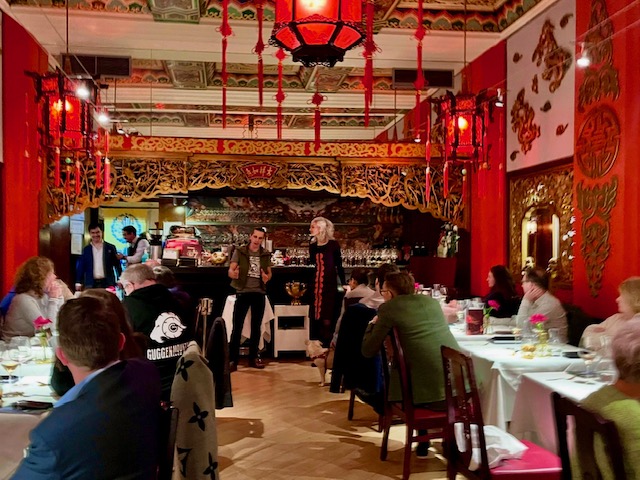
Talking about quality wines, Mr. Triebaumer speaks out frankly about the drawbacks of the etiquette issuing of the so-called “Qualitätswein” in Austria. The official seal has been blocking more and more winemakers from putting the justified geographical origin of their wine products on the bottle. A phenomenon not to be ignored, I suppose. A similar situation was experienced by my wine-tasting trip last year in Rust. As I praised a superb wine but showed surprise in seeing the etiquette “Landwein” on the bottle at one winery, the winemaker told me in relaxation (maybe with a touch of irony, too) that he didn’t need to sacrifice five bottles of his great wine to the officials just for the sake of having “Qualitätswein” written on the bottle. His customers know his wines and will snatch them away immediately.

That evening at SHANGHAI RESTAURANT, the label was probably not important, either, as the guests who are sophisticated connoisseurs understand that the art lies in the philosophy of genius, creative and inspiring pairing of good wine and fine dine. A deeper look into the menu and its matching wines tells everything for the lucky ones who are present at the event and invites everyone who will eventually have the luck of entering the fascinating world of SHANGHAI RESTAURANT!
More Information on:


Be the first to comment on "SHANGHAI RESTAURANT in Vienna: The Art of Exquisite Cuisine with Matching Wine"